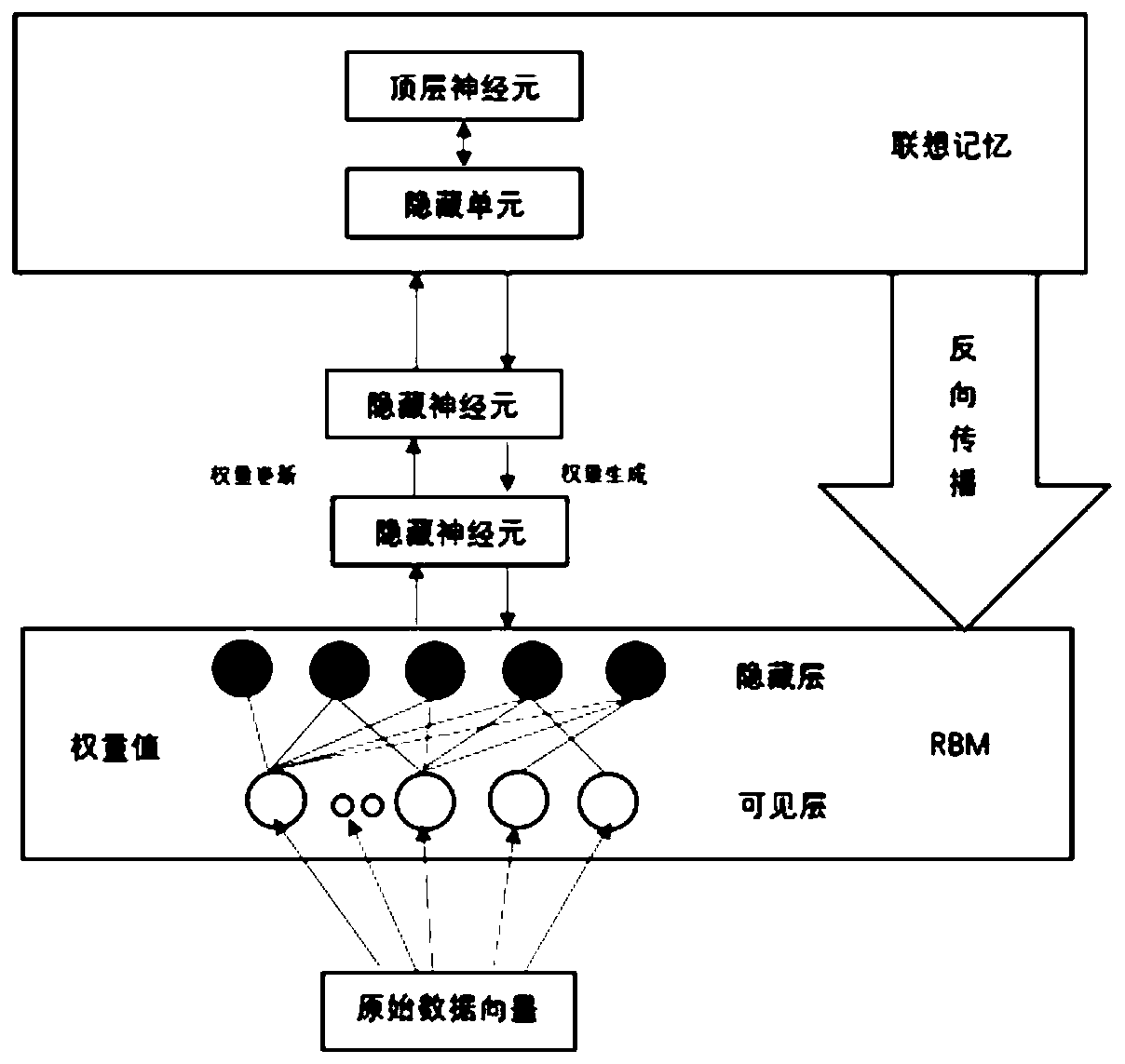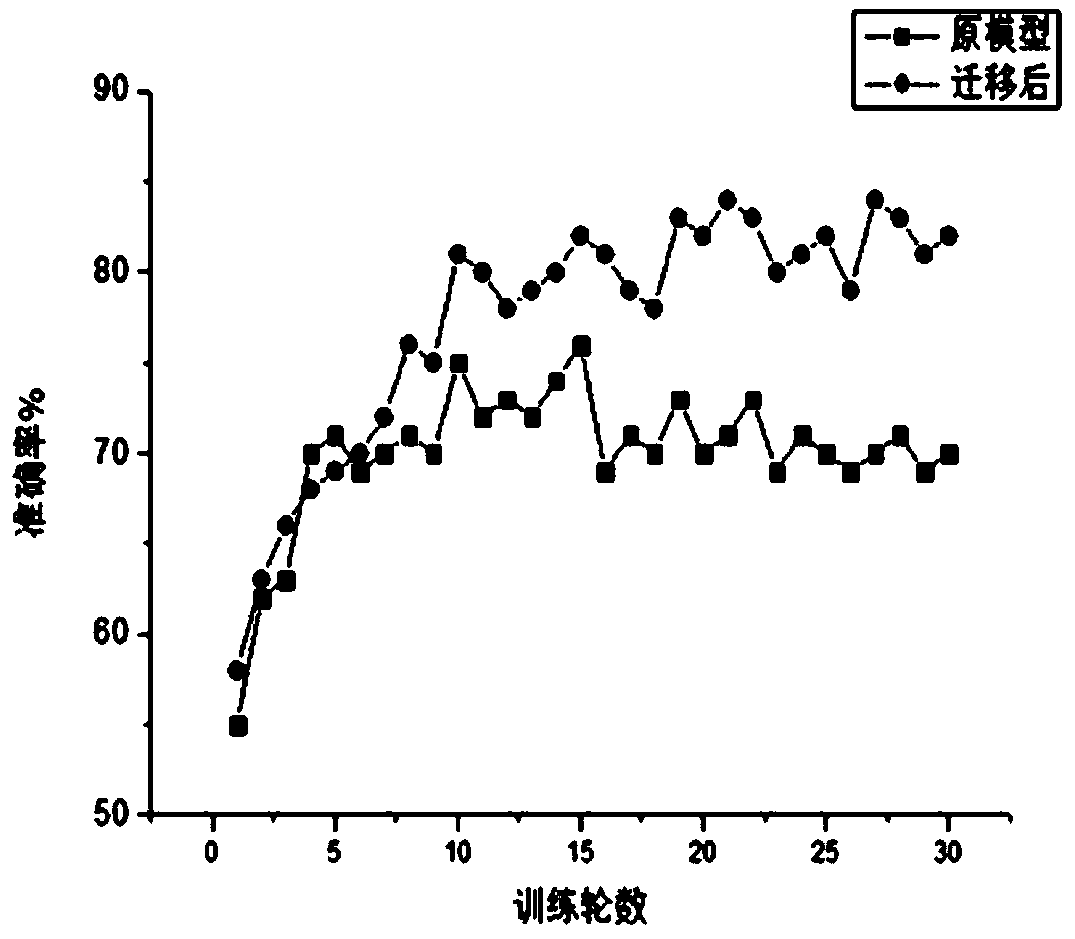Tin-bismuth alloy performance prediction method based on transfer learning
A tin-bismuth alloy and performance prediction technology, which is applied in the field of tin-bismuth alloy performance prediction and modeling, can solve problems such as difficulty in training machine learning models, and achieve the effect of improving the prediction rate
- Summary
- Abstract
- Description
- Claims
- Application Information
AI Technical Summary
Problems solved by technology
Method used
Image
Examples
Embodiment 1
[0044] Embodiment 1: The performance prediction method of this tin-bismuth alloy based on transfer learning is as follows:
[0045] 1. Build a deep belief network
[0046] Use python language and build DBN based on tensorflow framework, see figure 1 ;
[0047] (1) Load the deep belief network library
[0048] Import the following packages in the programming code: urllib, math, tensorflow, numpy, utils, PIL;
[0049] (2) Initialize a DeepBeliefNetwork object, and pass in parameters including pretrain, rbm_layers, rbm_learning_rate;
[0050] (3) Initialize n RBM objects in the DeepBeliefNetwork object, where dbn.sizes=[100 100] is set;
[0051] Among them, in DBN, the probability distribution of system random variables, that is, the energy relationship corresponding to the objective function is
[0052]
[0053] W ij is the connection weight from visible layer neuron i to hidden layer neuron j, b j is the bias of the jth neuron in the visible layer, c i is the bias of t...
PUM
 Login to View More
Login to View More Abstract
Description
Claims
Application Information
 Login to View More
Login to View More - R&D
- Intellectual Property
- Life Sciences
- Materials
- Tech Scout
- Unparalleled Data Quality
- Higher Quality Content
- 60% Fewer Hallucinations
Browse by: Latest US Patents, China's latest patents, Technical Efficacy Thesaurus, Application Domain, Technology Topic, Popular Technical Reports.
© 2025 PatSnap. All rights reserved.Legal|Privacy policy|Modern Slavery Act Transparency Statement|Sitemap|About US| Contact US: help@patsnap.com



